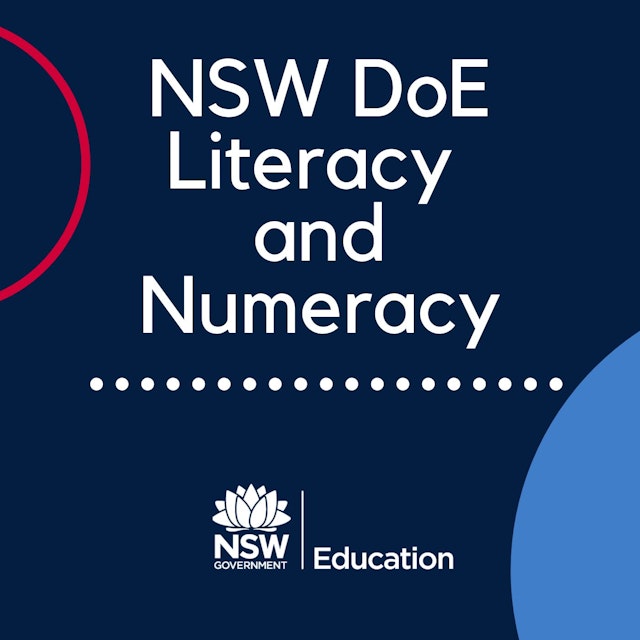In this conversation Dr Tessa Daffern explains why an instructional approach for spelling should include phonological, orthographical and morphological word forms. Effective spelling instruction should be explicit and occur frequently from the early years of school.
Dr Tessa Daffern has contributed to education in many capacities for over 20 years: as a classroom teacher in schools, teaching and learning specialist, literacy coordinator, academic, and education consultant. Tessa is currently a Senior Lecturer at the University of Wollongong and has previously held positions at the University of Canberra and Charles Sturt University. Tessa's research is driven by her passion for English language education and for empowering teachers and undergraduate teacher education students to develop contemporary understandings that can inform their teaching of language and literacy. Tessa’s PhD examined the teaching and learning of spelling and writing in Australian school contexts.
Further reading and resources:
Spelling in the primary years
https://youtu.be/MWEgQ6WxaxI
The Unique Role of Early Spelling in the Prediction of Later Literacy Performance
https://www.tandfonline.com/doi/abs/10.1080/10888438.2019.1573242
Progress in Reading Instruction Requires a Better Understanding of the English Spelling System
https://journals.sagepub.com/doi/abs/10.1177/0963721418773749?journalCode=cdpa
Does spelling instruction make students better spellers, readers, and writers? A meta-analytic review
https://link.springer.com/article/10.1007%2Fs11145-014-9517-0
What Happens When a Teacher Uses Metalanguage to Teach Spelling?
https://ila.onlinelibrary.wiley.com/doi/pdf/10.1002/trtr.1528
Literacy and numeracy website (NSWDoE intranet)
https://education.nsw.gov.au/teaching-and-learning/curriculum/literacy-and-numeracy
Dr Tessa Daffern has contributed to education in many capacities for over 20 years: as a classroom teacher in schools, teaching and learning specialist, literacy coordinator, academic, and education consultant. Tessa is currently a Senior Lecturer at the University of Wollongong and has previously held positions at the University of Canberra and Charles Sturt University. Tessa's research is driven by her passion for English language education and for empowering teachers and undergraduate teacher education students to develop contemporary understandings that can inform their teaching of language and literacy. Tessa’s PhD examined the teaching and learning of spelling and writing in Australian school contexts.
Further reading and resources:
Spelling in the primary years
https://youtu.be/MWEgQ6WxaxI
The Unique Role of Early Spelling in the Prediction of Later Literacy Performance
https://www.tandfonline.com/doi/abs/10.1080/10888438.2019.1573242
Progress in Reading Instruction Requires a Better Understanding of the English Spelling System
https://journals.sagepub.com/doi/abs/10.1177/0963721418773749?journalCode=cdpa
Does spelling instruction make students better spellers, readers, and writers? A meta-analytic review
https://link.springer.com/article/10.1007%2Fs11145-014-9517-0
What Happens When a Teacher Uses Metalanguage to Teach Spelling?
https://ila.onlinelibrary.wiley.com/doi/pdf/10.1002/trtr.1528
Literacy and numeracy website (NSWDoE intranet)
https://education.nsw.gov.au/teaching-and-learning/curriculum/literacy-and-numeracy
The podcast NSWDoE Literacy & Numeracy is embedded on this page from an open RSS feed. All files, descriptions, artwork and other metadata from the RSS-feed is the property of the podcast owner and not affiliated with or validated by Podplay.
